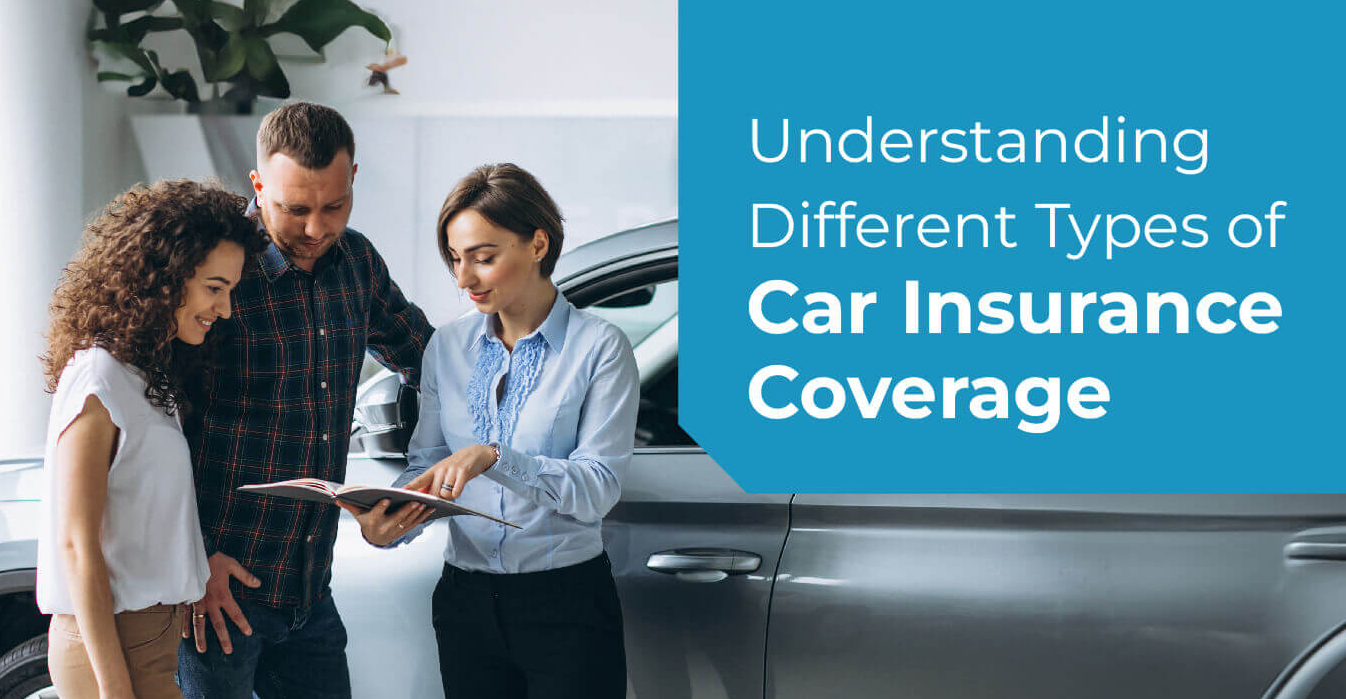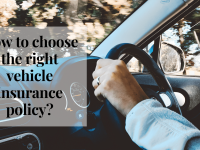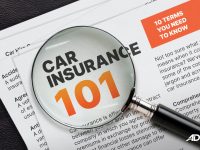When it comes to car insurance, understanding the different types of coverage available can help you make informed decisions that best suit your needs and budget. Navigating the world of car insurance can be daunting, but knowing the basics of each coverage type can simplify the process. Here’s a breakdown of the most common types of car insurance coverage to consider:

- Liability Coverage
Liability coverage is a legal requirement in most states. It includes two components: bodily injury liability and property damage liability. Bodily injury liability covers costs associated with injuries to others in an accident you cause, while property damage liability pays for damages to another person’s property. This coverage does not pay for your own injuries or vehicle repairs. - Collision Coverage
Collision coverage pays for damages to your vehicle resulting from a collision with another car or object, regardless of who is at fault. This coverage is particularly beneficial if you have a new or valuable car, as it helps cover repair or replacement costs. - Comprehensive Coverage
Comprehensive coverage protects your vehicle from non-collision-related incidents, such as theft, vandalism, natural disasters, or hitting an animal. This type of coverage is often required by lenders if you have a car loan or lease. - Personal Injury Protection (PIP)
PIP, also known as no-fault insurance, covers medical expenses, lost wages, and other related costs for you and your passengers, regardless of who is at fault in the accident. PIP is mandatory in some states and optional in others. - Uninsured/Underinsured Motorist Coverage
This coverage protects you if you’re involved in an accident with a driver who either doesn’t have insurance or whose insurance is insufficient to cover the damages. It can cover medical expenses and lost wages, giving you peace of mind if you encounter an uninsured driver. - Medical Payments Coverage (MedPay)
MedPay is similar to PIP but typically offers less expansive coverage. It helps pay for medical expenses for you and your passengers after an accident, regardless of fault. This coverage can complement your health insurance by covering deductibles and co-pays. - Gap Insurance
If you lease or finance your vehicle, gap insurance is worth considering. It covers the difference between your car’s actual cash value and the remaining balance on your lease or loan if your car is totaled or stolen. - Towing and Labor Coverage
Often available as an add-on, this coverage reimburses you for towing and roadside assistance services if your car breaks down. It can be a lifesaver if you find yourself stranded with a flat tire or dead battery.
Understanding these types of coverage can empower you to tailor your car insurance policy to meet your specific needs. Always compare policies from different insurers, and consider factors such as your vehicle’s value, your financial situation, and your driving habits. By doing so, you can ensure you have the right level of protection without overpaying for unnecessary coverage.




